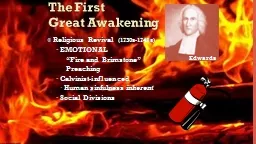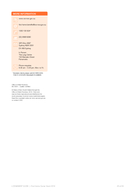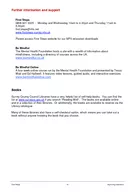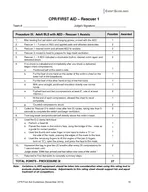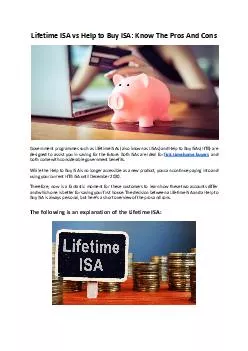PPT-The First
Author : olivia-moreira | Published Date : 2016-06-20
Great Awakening Religious Revival 1730s1740s EMOTIONAL Fire and Brimstone Preaching Calvinistinfluenced Human sinfulness inherent Social Divisions Edwards Questions
Presentation Embed Code
Download Presentation
Download Presentation The PPT/PDF document "The First" is the property of its rightful owner. Permission is granted to download and print the materials on this website for personal, non-commercial use only, and to display it on your personal computer provided you do not modify the materials and that you retain all copyright notices contained in the materials. By downloading content from our website, you accept the terms of this agreement.
The First: Transcript
Download Rules Of Document
"The First"The content belongs to its owner. You may download and print it for personal use, without modification, and keep all copyright notices. By downloading, you agree to these terms.
Related Documents

